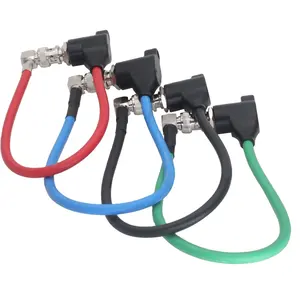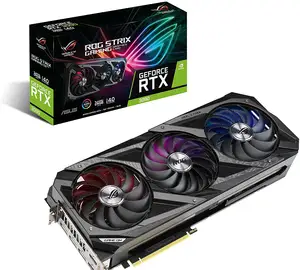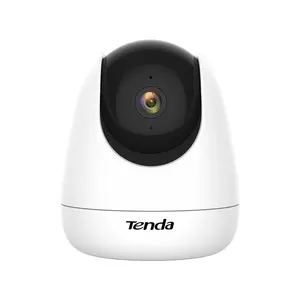Popular in your industry




















































Related Searches:







































































































































Top categories
About red green blue video cables
Red green blue video cables are color-coded to match the red, green, and blue inputs found on several devices. These cables are used to transmit analog video signals in separate components, which is why they're also called component video cables. They are commonly used for high-definition video signals and can deliver better picture quality than composite or S-video cables. A red blue green component video cable is made up of three individual cables, each carrying one of the primary color signals. The cables are connected to corresponding ports on both the video source and the display device. This setup allows for the preservation of the picture quality of the original content.
Benefits and applications of red green blue video cables
The primary benefit of red green blue to HDMI adapters is their capability to deliver high-quality video signals. They can transmit HD signals, providing a better viewing experience. Moreover, another advantage is the prevention of signal interference. By keeping the color signals separate, these cables reduce the risk of interference. This type of cable is commonly utilized in home entertainment systems, providing a high-definition viewing experience. Red green blue video cables are also used in professional settings, such as in broadcast studios, where maintaining the quality of video signals is crucial. Moreover, these cables are often found in gaming consoles, DVD and Blu-ray players, and other devices that require high-quality video connectivity.
Advantages and disadvantages of red green blue video cables
The primary advantage of a red green blue cable to HDMI is its ability to provide high-quality video signals, making it a popular choice in many applications. They offer a simple and straightforward setup, with each cable carrying a separate color signal. This separation helps maintain the picture quality. Moreover, they are versatile, supporting various resolutions and refresh rates. However, a potential drawback of red green blue video cables is that they only transmit video signals. As a result, separate audio connections are required. This can add complexity to the setup, especially when compared to modern HDMI cables that can carry both audio and video signals. Additionally, the need for three separate cables may not be as convenient when dealing with a large number of devices or in situations where cable management is a concern.
How to choose red green blue video cables
When selecting red green blue RCA, it is essential to consider the specific requirements of the application. The length of the cables should be chosen based on the distance between the video source and the display device. It is important to ensure that the cables are long enough to reach without causing strain or being too loose. Besides, the video resolution and refresh rate supported by the cables should match the requirements of the devices. Cables that comply with the required standards can ensure optimal performance. Furthermore, considering the environmental factors and the durability of the cables is important. For applications where the cables might be exposed to physical stress, it is advisable to choose cables with robust construction and protective features. Finally, it is recommended to opt for reputable and high-quality brands to ensure the reliability and longevity of the cables.


























































